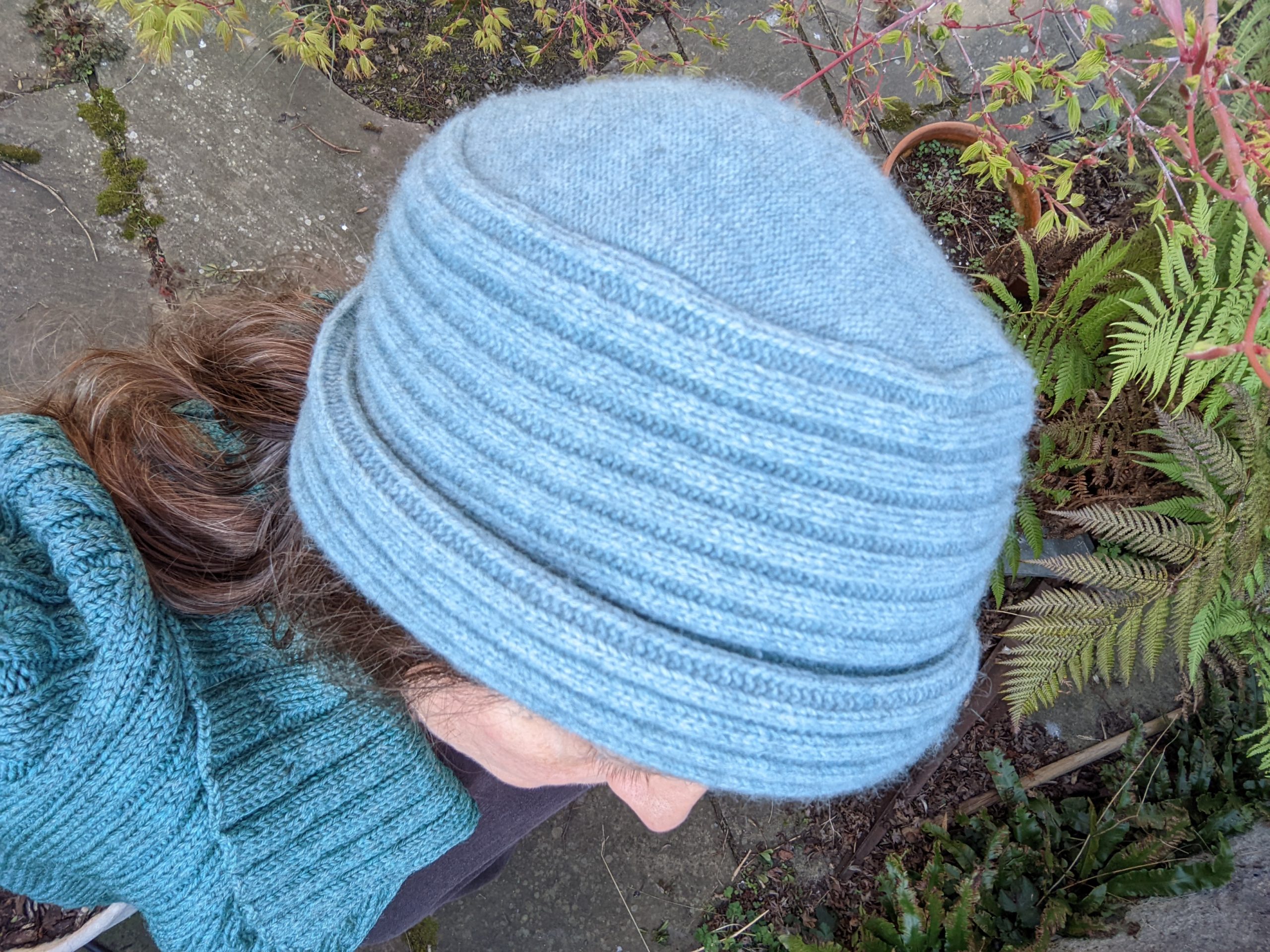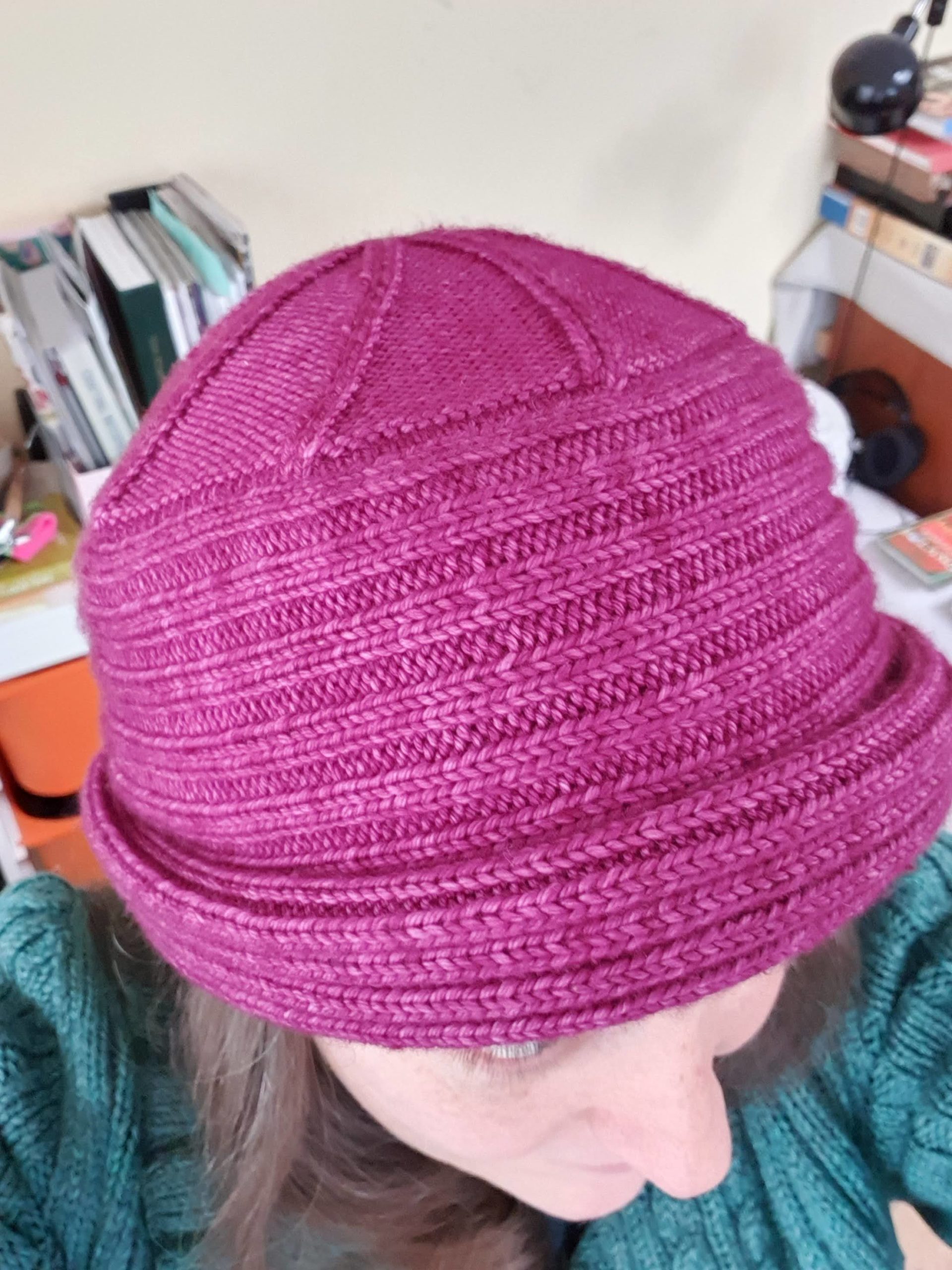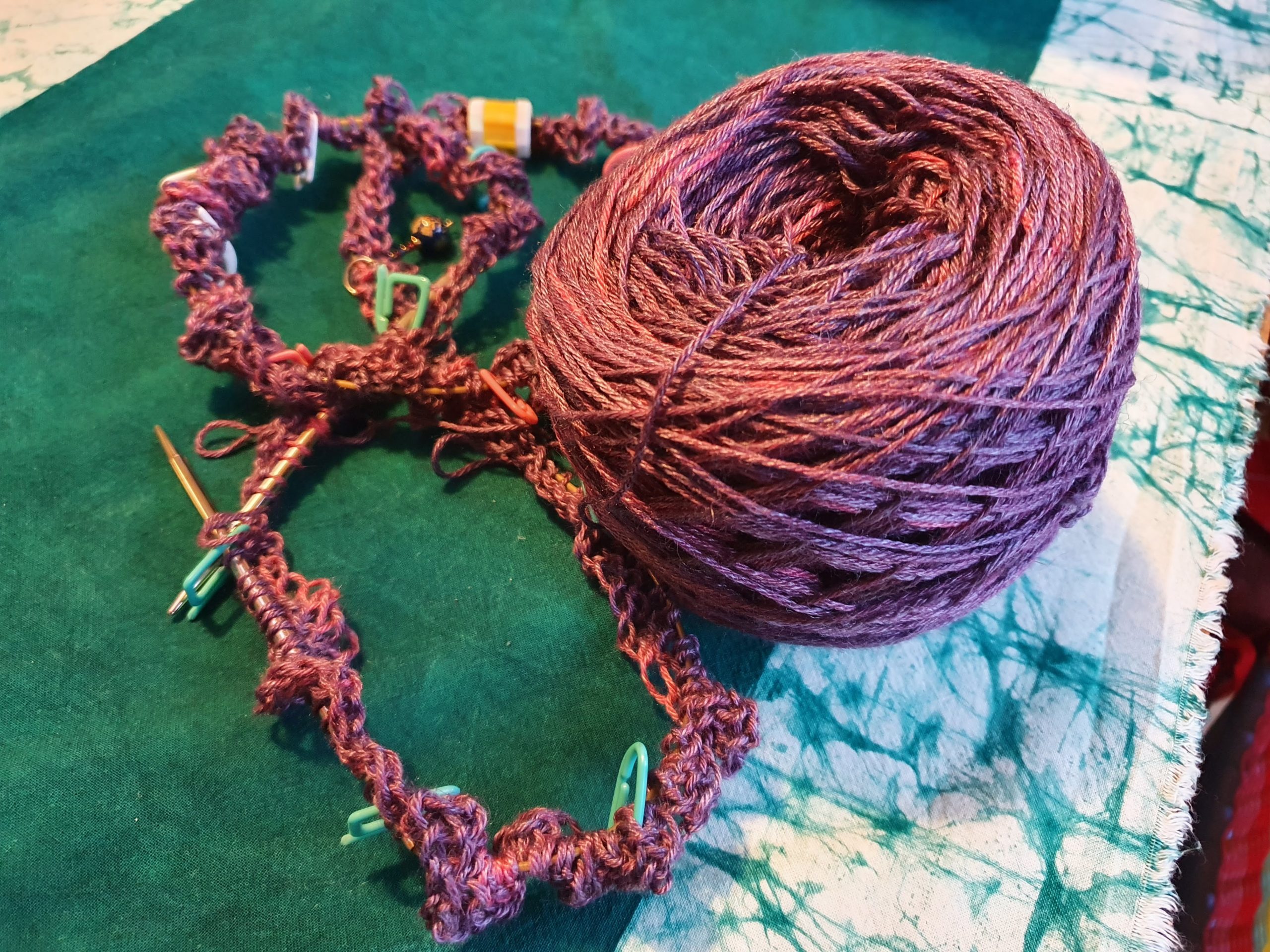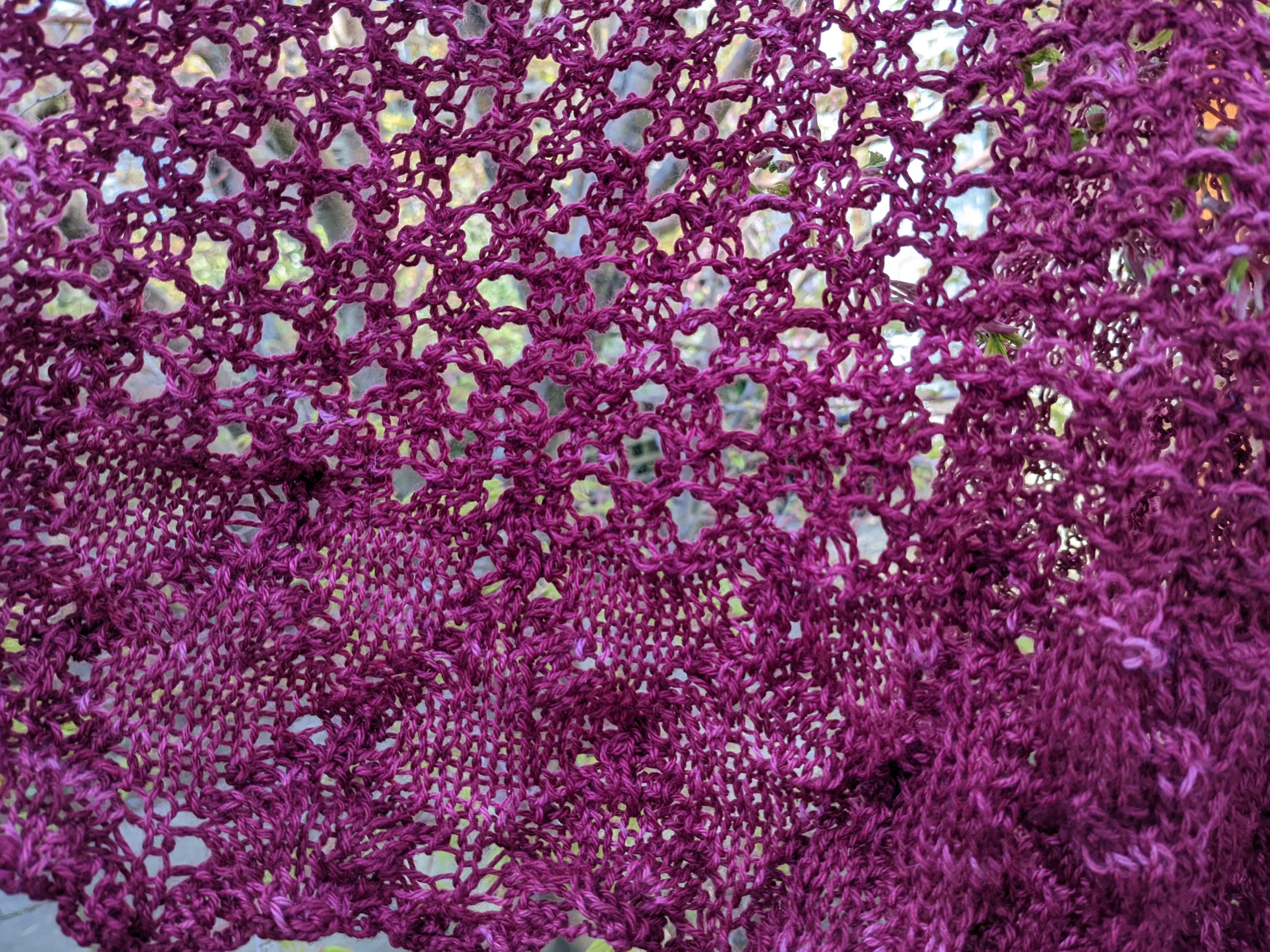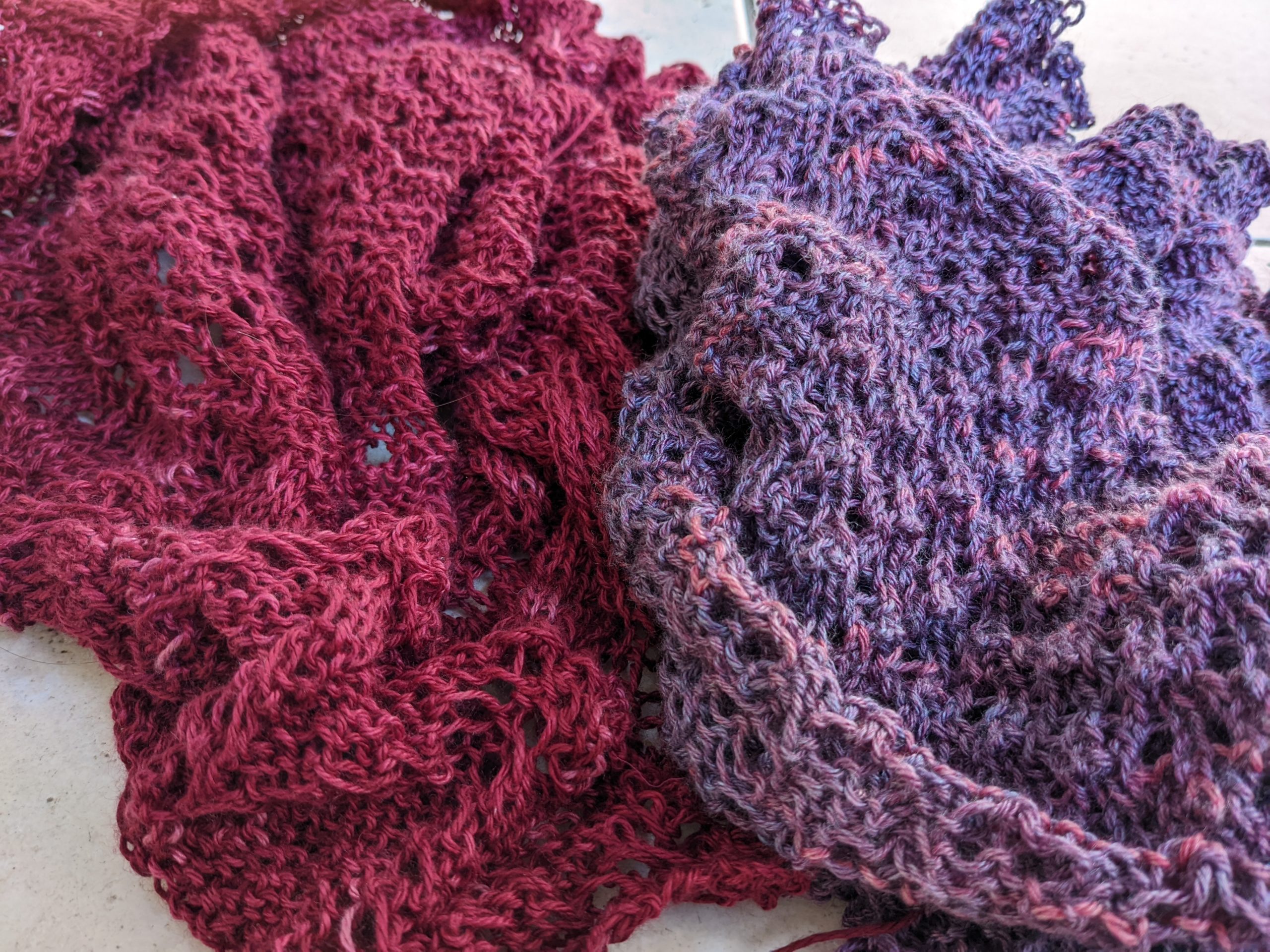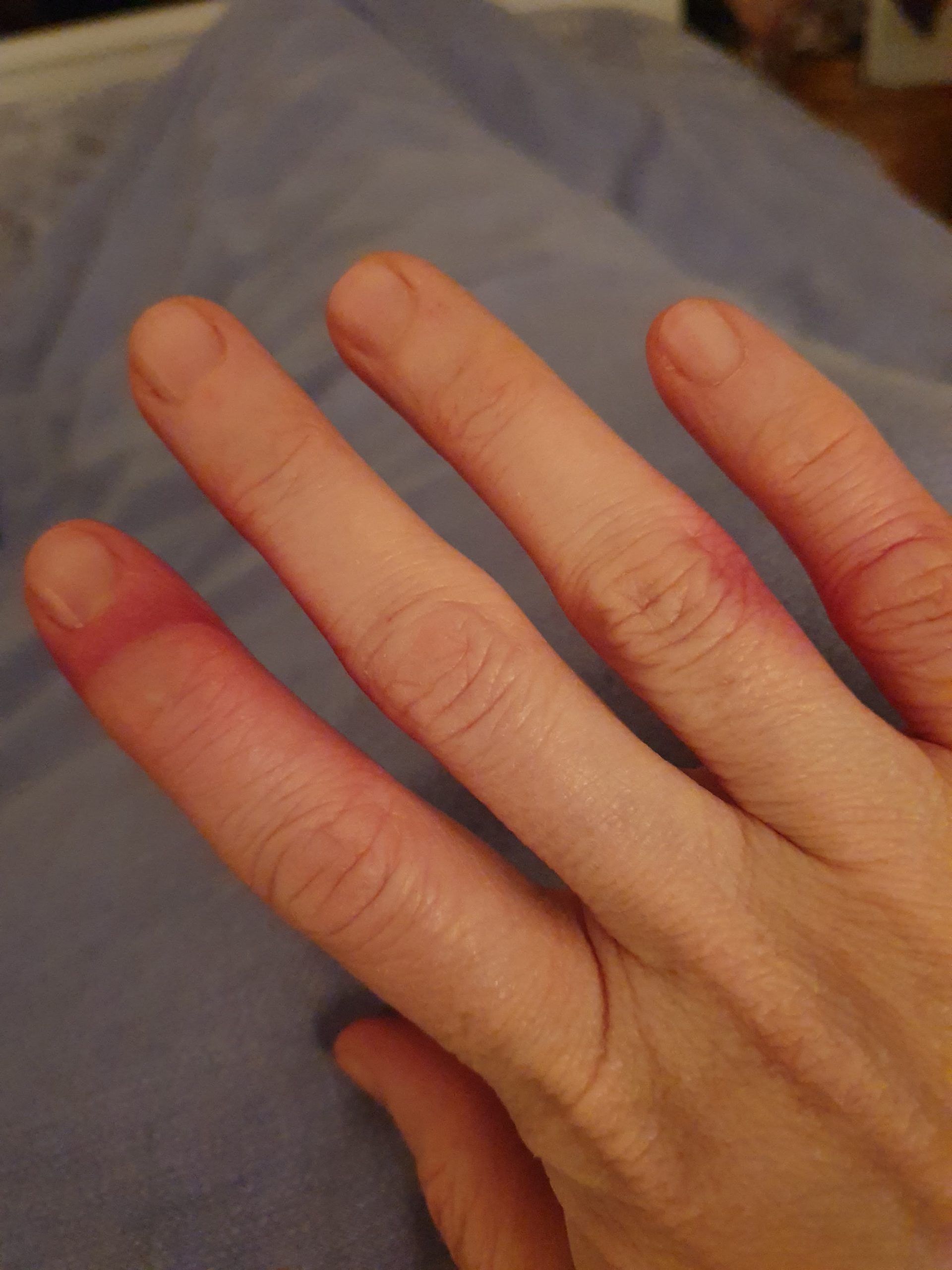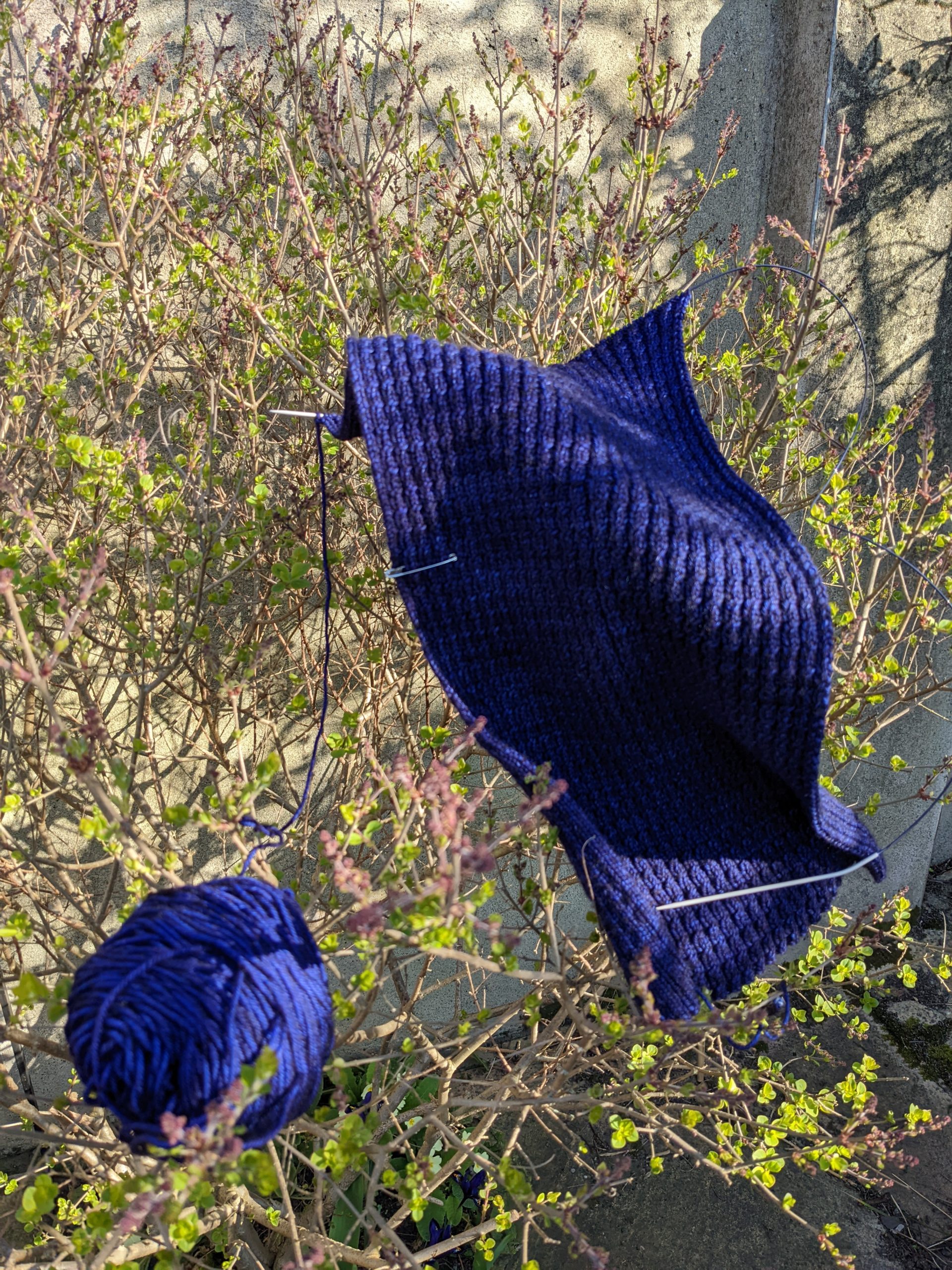There’s a line in a Sherlock Holmes story where the great detective remarks, “Art in the blood is liable to take the strangest forms.”
(Sir Arthur Conan Doyle, “The Greek Interpreter”, 1893)
I don’t know about blood, necessarily. But strangeness? The seething, intricate, magnificent diversity of what we humans dream up and choose to make real? Definitely.
This is Strange Forms, where I write about all aspects of creativity and creative work as I experience it, and tell stories that may go some way towards explaining what has me the way I am. If you’re creative – in any discipline – or you want to be, this might be an interesting place for you.
If you want to reconnect with your own creativity, you might like my free 7-week e-course, Reboot Your Creative Drive, which comes with access to my mailing list, such as it is. (Why am I being so weirdly equivocal about that? It’s complicated.)
I’m very bad at social media, but trying to give Mastodon a go.
